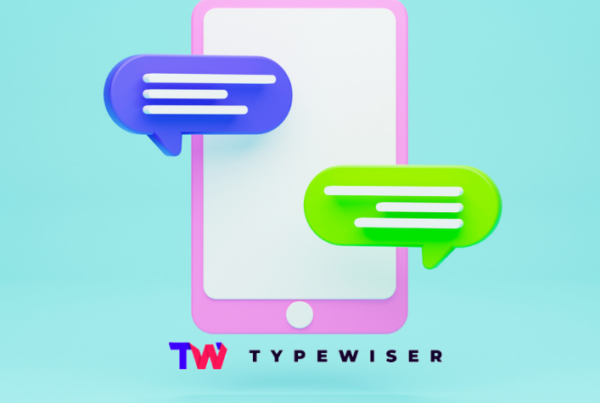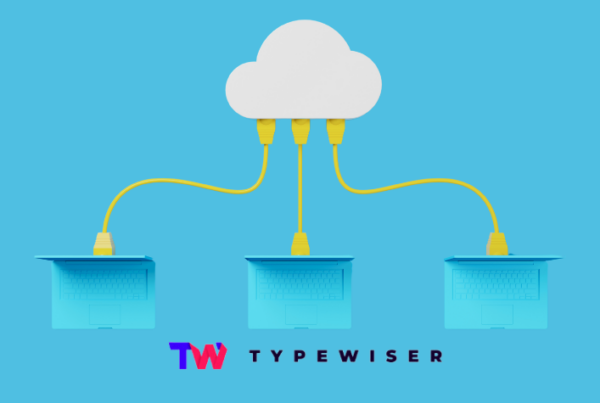Artificial intelligence (AI) has gone beyond an experimental buzzword. It is delivering tangible value across industries, and recent research shows that companies which fully embrace AI in their operations achieve significantly higher growth and efficiency. For example, organizations with mature AI-driven processes are seeing 2.5× higher revenue growth and over 2× greater productivity than peers. Below, we explore several real-world case studies from the past 2–3 years that demonstrate how AI is boosting operations, customer service, marketing, and product development with clear, measurable outcomes.

Case Study Transforming Finance: BNY Mellon Streamlines Contracts with AI
BNY Mellon, a global banking leader, faced a major bottleneck in managing complex custodial agreements. Legal teams traditionally drafted contracts manually, which led to version control issues, inconsistent language, and long onboarding times.
To address this, BNY Mellon partnered with Evisort, an AI-powered contract lifecycle management platform. The AI system was trained on the bank’s internal legal guidelines and now automates the creation of “best first drafts” using standard-approved language. Non-compliant clauses are flagged instantly, and digital workflows have replaced outdated email review cycles.
Impact: Contract turnaround time has been dramatically reduced, legal accuracy improved, and onboarding time for clients has shortened. With AI handling repetitive drafting, lawyers can now focus on higher-level tasks, boosting both efficiency and compliance.
Case Study Legal Industry Innovation: Allen & Overy’s AI Legal Assistant
Allen & Overy (A&O), one of the world’s top law firms, manages enormous volumes of documentation across 43 offices. Maintaining consistency in style and quality across global teams was an ongoing challenge until they introduced Harvey, an AI assistant powered by OpenAI’s GPT technology.
Harvey assists with drafting contracts, conducting due diligence, summarizing regulations, and reviewing texts for accuracy and style. Trained on A&O’s templates and legal standards, Harvey helps lawyers quickly generate consistent, high-quality drafts in multiple languages.
Impact: Over 3,500 A&O lawyers used Harvey in a trial to answer 40,000 legal queries. Tasks that used to take hours can now be completed in minutes. AI doesn’t replace human review but significantly reduces the time to create strong first drafts, improving productivity without sacrificing quality.
Boosting Engagement in Marketing: Gumtree’s Smarter Email Copy
 Classifieds platform Gumtree, part of the eBay Group, needed to improve engagement in its email marketing campaigns. With 6.5 million users but low open rates, the team struggled to create compelling subject lines that matched their brand voice.
Classifieds platform Gumtree, part of the eBay Group, needed to improve engagement in its email marketing campaigns. With 6.5 million users but low open rates, the team struggled to create compelling subject lines that matched their brand voice.
Enter Phrasee, an AI tool that specializes in generating and optimizing marketing language. Phrasee learned Gumtree’s tone and produced multiple subject line variations for A/B testing, all while maintaining brand consistency.
Impact: Gumtree saw a 35 to 50% increase in open rates and a 44% lift in click-throughs. Marketers saved time and delivered better results by letting AI handle the heavy lifting of copy creation and optimization.
Case Study: Amazon – AI-Powered Recommendations Boost Sales
Amazon’s e-commerce success is tightly linked to its AI-driven recommendation engine. The platform analyzes each customer’s browsing and purchase history to suggest products they are likely to buy. These personalized recommendations have a massive financial impact. Up to 35% of Amazon’s sales are generated by its AI recommendation algorithms. In concrete terms, this means that a substantial portion of Amazon’s quarterly revenue (over $143 billion in Q1 2024) can be attributed to AI-curated suggestions. By tailoring the shopping experience to individual preferences, Amazon boosts sales and enhances customer satisfaction and loyalty. This case exemplifies how AI in marketing and product recommendation can translate directly into revenue growth.
Case Study: Telenor – Chatbot Enhances Customer Service and Revenue
Global telecom operator Telenor turned to AI to improve its customer service operations. They introduced an AI chatbot named “Telmi” to handle routine inquiries in multiple languages, providing instant support around the clock. The results were impressive: Telmi improved customer satisfaction by 20% and increased annual revenue by 15% after its rollout. By efficiently resolving common questions and issues, the chatbot reduced workload on human support agents and led to happier customers who were more likely to purchase additional services. Telenor’s experience shows how AI in customer service can simultaneously cut operational costs (through automation) and drive top-line growth. Importantly, the measurable KPIs – higher satisfaction scores and revenue uplift – illustrate a clear return on investment for their AI deployment.
Case Study: Siemens – Predictive Maintenance Prevents Downtime
Manufacturers have been leveraging AI to optimize operations and avoid costly breakdowns. Industrial giant Siemens implemented AI-driven predictive maintenance systems across its production plants. By installing smart IoT sensors on critical machinery and using machine learning to analyze performance data, Siemens can predict equipment failures before they happen. This proactive approach has reduced unexpected power outages by 25%, significantly decreasing production interruptions . In financial terms, avoiding unplanned downtime translated into an estimated $750 million per year in cost savings for the company. These savings come from preventing lost production, scrapped materials, and emergency repair costs. Siemens’ case highlights how AI in operations can bolster efficiency and reliability—measured by fewer outages—and deliver enormous cost savings that directly improve the bottom line.
Case Study: Loft – Generative AI Halves Product Development Time
AI is also accelerating innovation in product development. Loft, a product design firm, integrated generative AI tools into its R&D process to help brainstorm and refine new product ideas. Designers used AI to generate dozens of concept sketches and to analyze customer feedback on prototypes, significantly speeding up the iteration cycle. The outcome was striking: Loft estimates that using generative AI has cut its product development time by 50%. What used to take months of human brainstorming and manual prototyping is now done in a fraction of the time by collaborating with AI. This faster development cycle means Loft can bring new products to market more quickly than competitors, illustrating a clear competitive advantage. Moreover, the AI-assisted process often yields more diverse and creative ideas (since the AI can suggest “outside-the-box” concepts), leading to innovative features that resonate with customers. The key metric – development time reduced by half – showcases AI’s value in boosting productivity and agility in product design.
Key Takeaways: AI is Driving Real Business Value
 These real-world examples highlight a shared truth: AI is not theoretical anymore. It’s a practical enabler of growth, efficiency, and innovation. Across industries and functions, AI is:
These real-world examples highlight a shared truth: AI is not theoretical anymore. It’s a practical enabler of growth, efficiency, and innovation. Across industries and functions, AI is:
- Accelerating processes (e.g., drafting contracts, product development)
- Enhancing customer engagement (e.g., personalized recommendations, optimized copy)
- Reducing costs and errors (e.g., predictive maintenance, legal compliance)
- Improving decision-making with data-driven insights
For business leaders, the message is clear: strategic investment in AI is a competitive necessity. Companies that adopt AI thoughtfully are achieving faster time to value, improved customer experiences, and measurable performance gains.
If you’re not already exploring AI, now is the time to start—before your competitors leave you behind.



